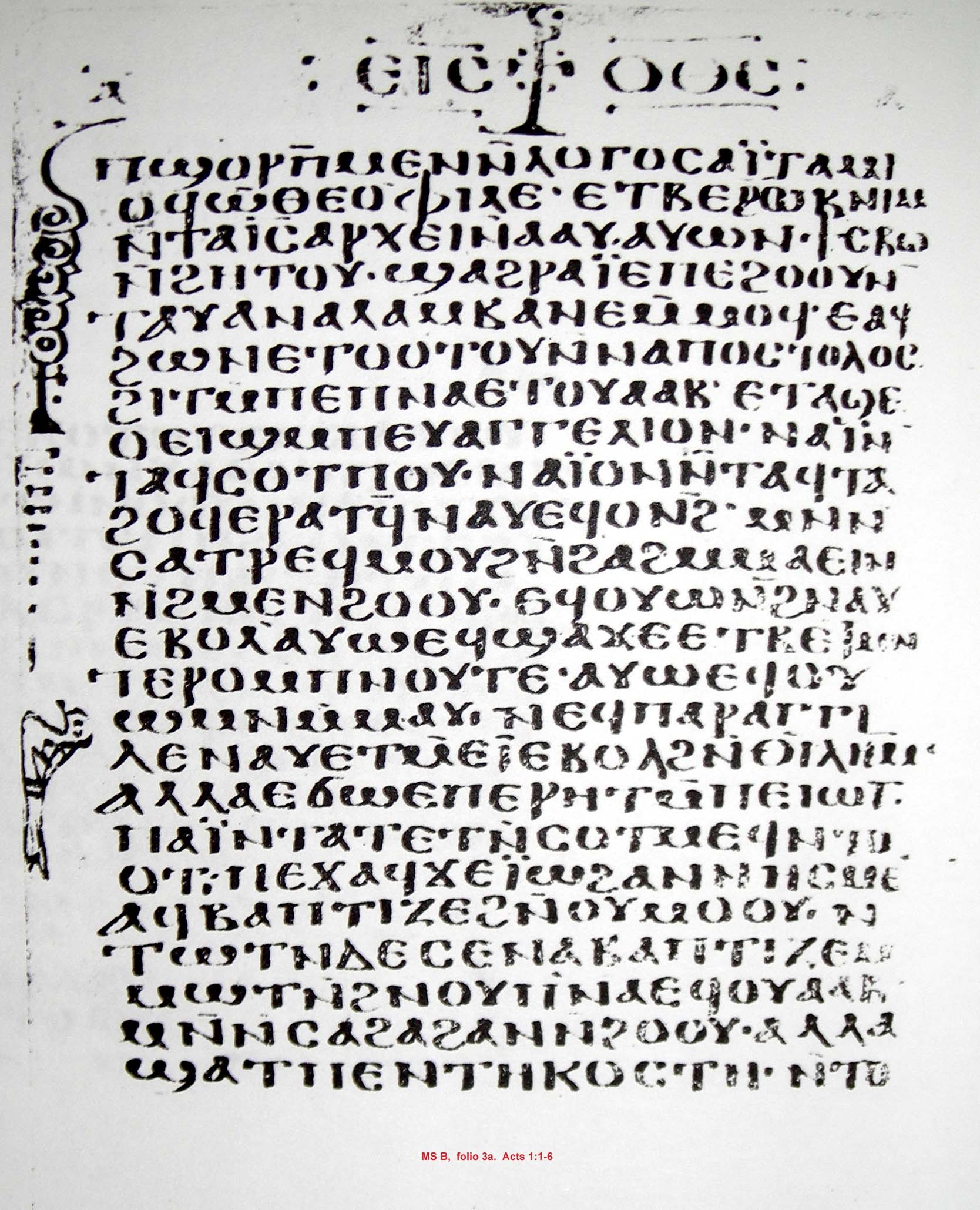
The Speed of Light is defined as “The speed at which light travels in a vacuum; the constancy and universality of the speed of light is recognized by defining it to be exactly 299,792,458 meters per second.” A light year is considered the distance that light travels (through a vacuum) in one year (9.46 x 1017cm). The nearest star (other than the Sun) is 4.3 light years away. In other words, we see this star as it existed four years ago, not as it actually is right now. The distance to the most distant object seen is about 18 billion light years. Hence, we can at least be confident, given the time that this light has taken to reach our planet, that the universe is, at the minimum, 18 billion years old. The distance to the galaxy M87 in the Virgo Cluster is 50 million light years. Likewise, when we look into a telescope and see M87, we are looking into the past and seeing M87 as it was 50 million years ago. But did M87 even exist 50 million years ago? Some Christians think it did not. Christian Reconstructionist Gary North clearly rejects the scientific measurement of the speed of light when he argues, “The Bible’s account of the chronology of creation points to an illusion. …The seeming age of the stars is an illusion…Either the constancy of the speed of light is an illusion, or the size of the universe is an illusion, or else the physical events that we hypothesize to explain the visible changes in light or radiation are false inferences.”*
1. If the entire universe is a maximum of 15,000 years old then the speed of light is not a constant 299,792,458 meters per second.
2. The speed of light is a constant 299,792,458 meters per second.
3. Therefore, it is not the case that the entire universe is a maximum of 15,000 years old.

Using modus tolens, we can see that one must either reject the constancy of the speed of light or reject the young-universe proposition that the universe has only existed for 15,000 at the most. However, there are other extra-scientific possibilities which should be considered before a final judgment is issued. For example, some such as Gary North, argue that astronomers’ measurements of the size of the universe are simply wrong. Often, as Hugh Ross points out, those arguing this point are under the misleading notion that scientists only use the unreliable redshifts to measure astronomical distances. However, scientists actually use a wide variety of methods to measure distances within the universe.
If, nevertheless, the young-earthers are correct, then the truthfulness of their proposition would require that the scientists’ distance measurements be off by more than 200,000,000 percent. This is very implausible. Entire textbooks have been written just on the measurement of distances within the universe, and one thing we are sure of is that the possibility of anything more than a 10-15 percent range of error for the calculations of the distance of stars is not only unlikely, but also contested by nearly all astronomers. Consider that this 200,000,000 percent error in calculation on the part of astronomers also applies to the actual scale of the universe if the young-earther is correct in offering this argument. If the argument is sound, then the universe is 200,000,000 percent smaller than astronomers have calculated.
Others have argued – and this is perhaps the most persuasive argument possible – that God created the light already in transit. In response, it is first important to note that the argument is not that God could not create the light already in transit. That is not in question. What is in question is the implications for general revelation and knowledge in general if God causes things to appear a certain way when they are not (or were not) actually so. This argument tells us that, though the speed of light is basically constant, it was created in transit to earth. Given this perspective, as an example, supernovas have never actually happened. Astronomers for the past thousand years have observed numerous supernova explosions, though these supernovas are millions of light years away. If the light from these supernova were created already in transit, then it is valid to conclude that we have been observing, with our eyes, events which have never actually occurred. Perhaps they are occurring today in some farthest reach of the galaxy, but no one on earth will know of their occurrence for millions of years. It should also be noted that this is fundamentally unscientific because it is non-falsifiable. There is no methodology which can be used to refute this particular approach to the problem, because its proponents can always say, when evidence is presented, “God just made it look that way.”
In support of this argument that God created the light in transit, the parallel is often drawn between the light being created in transit and Adam’s being created full-grown. However, this is not a parallel, because though Adam was created looking grown up, we have no records or visible evidence that he was ever a child for this to contradict. For the parallel to exist, there would have to be some sort of scenario where we can “see” Adam as an infant, though we know better than that. Such a scenario does not exist. Adam – it is alleged – was created with the appearance of having lived for many years, but this is not the same as the starlight problem, because we can actually see the stars as they were millions of years ago, yet it is being asserted that they did not exist millions of years ago. In order to be effective, the analogy of Adam with starlight must be parallel, though this is certainly not so.
My basic argument is that if one wants to deny that the stars which are millions of light years away existed as we see them, then they are not epistemologically justified in believing in the existence of the sun. In the same way that we see the sun several minutes after the light leaves it, we se distant stars millions of years after the light leaves them. There is only a quantitative difference between them. To deny the existence of these stars billions of years ago is to undercut the very science upon which the young-earth creationists attempt to build their own “scientifically” based approach to apologetics.
Let x be anything which can be seen with the human eye and y be any other object which can be seen with the human eye.
1. If x appears to have properties of existence yet does not, then one is unwarranted in believing in the existence of y.
2. One is warranted in believing in the existence of y.
3. Therefore, it is not the case that x appears to have properties of existence yet does not.
4. Therefore, if distant stars appear to have properties of existence yet do not, then one is unwarranted in believing in the existence of the sun.
The final argument which should be seriously considered is that which says that the speed of light was much faster thousands of years ago, though it now does take many light years for light to reach the earth from distant stars. From a scientific perspective, there is no question that the speed of light is constant, and according to all scientific studies and measurement, has always been constant for at least the last 14 million years. The question that must ultimately be answered is, has God constituted the universe in a constant way so that induction is possible? As Hume asked, do we have any assurance that tomorrow will be like today? Given the Christian worldview, we do, but this seems to be called into question by this response. If the speed of light has changed, then the possibility of induction seems to have been severely compromised. This may not seem so at first, but when one philosophically considers what happens when one falls back on the inconsistency of the universe to sustain their scientific hypothesis, they will find a fundamentally unscientific response couched in scientific terminology. Without induction, science is impossible, and without consistent laws of the universe, induction is impossible.
1. If one is justified in believing that the speed of light is not constant, then no one is justified in believing in induction.
2. The speed of light is not constant.
3. Therefore, no one is justified in believing in induction.
Those who hold to a young-universe perspective do so in contradiction to relatively simple astronomical observations. In response to these observations, they are forced to deny the consistency of science, and therefore to remove their own foundations for other scientific arguments which they then readily use after just having denied it. They rather conveniently pick and choose what data to use and what to refuse depending on whether the data at a given time suit their conclusions. This methodology not only sends a message to the unbelieving world that Christians are unwilling to be consistent in their argumentation, but also that we do not believe God himself to be honest or consistent in the universe that he has presented us. Even worse, this type of thinking leads us to the Gnostic, cultic notion that “there is no life, truth, or substance in matter,” if we choose to take the path which yields us a world of illusion. According to the book of Romans, God has made himself known to all men – not only in the Scriptures, but also in different ways throughout the physical, observable universe in which we live. The heavens declare the glory of God - none would doubt that. But do they declare the dishonesty of God? I submit that they do, if the universe is not tremendously older than the young-earthers claim.
*North, Gary The Dominion Covenant: Genesis (Tyler, TX: Institute for Christian Economics, 1987) 255.



















 blogger, is going to be turning 85 on Tuesday. Born in 1924 to immigrant parents, Josh traveled the world, eventually discovering the fountain of youth after studying the handwritten journals of Francisco DeAntonia (which he stole from a safety deposit box in Zurich). After his adventures in South America, Josh settled into the common life of an elderly man who appears to be only in his late twenties. Having lived through the Great Depression, World War II (where he fought as a fighter pilot), the Vietnam War, and the Death of God movement in the '60s, Josh says he is no longer afraid of anything except sock puppets, crab bisque, preachers in cardigans, and those who deny penal substitutionary atonement. When asked what he still wants to accomplish in life, Josh just sips his warm milk, looks out the window fondly and smiling says, "I just want to write a book where I destroy all heresy."
blogger, is going to be turning 85 on Tuesday. Born in 1924 to immigrant parents, Josh traveled the world, eventually discovering the fountain of youth after studying the handwritten journals of Francisco DeAntonia (which he stole from a safety deposit box in Zurich). After his adventures in South America, Josh settled into the common life of an elderly man who appears to be only in his late twenties. Having lived through the Great Depression, World War II (where he fought as a fighter pilot), the Vietnam War, and the Death of God movement in the '60s, Josh says he is no longer afraid of anything except sock puppets, crab bisque, preachers in cardigans, and those who deny penal substitutionary atonement. When asked what he still wants to accomplish in life, Josh just sips his warm milk, looks out the window fondly and smiling says, "I just want to write a book where I destroy all heresy."

















